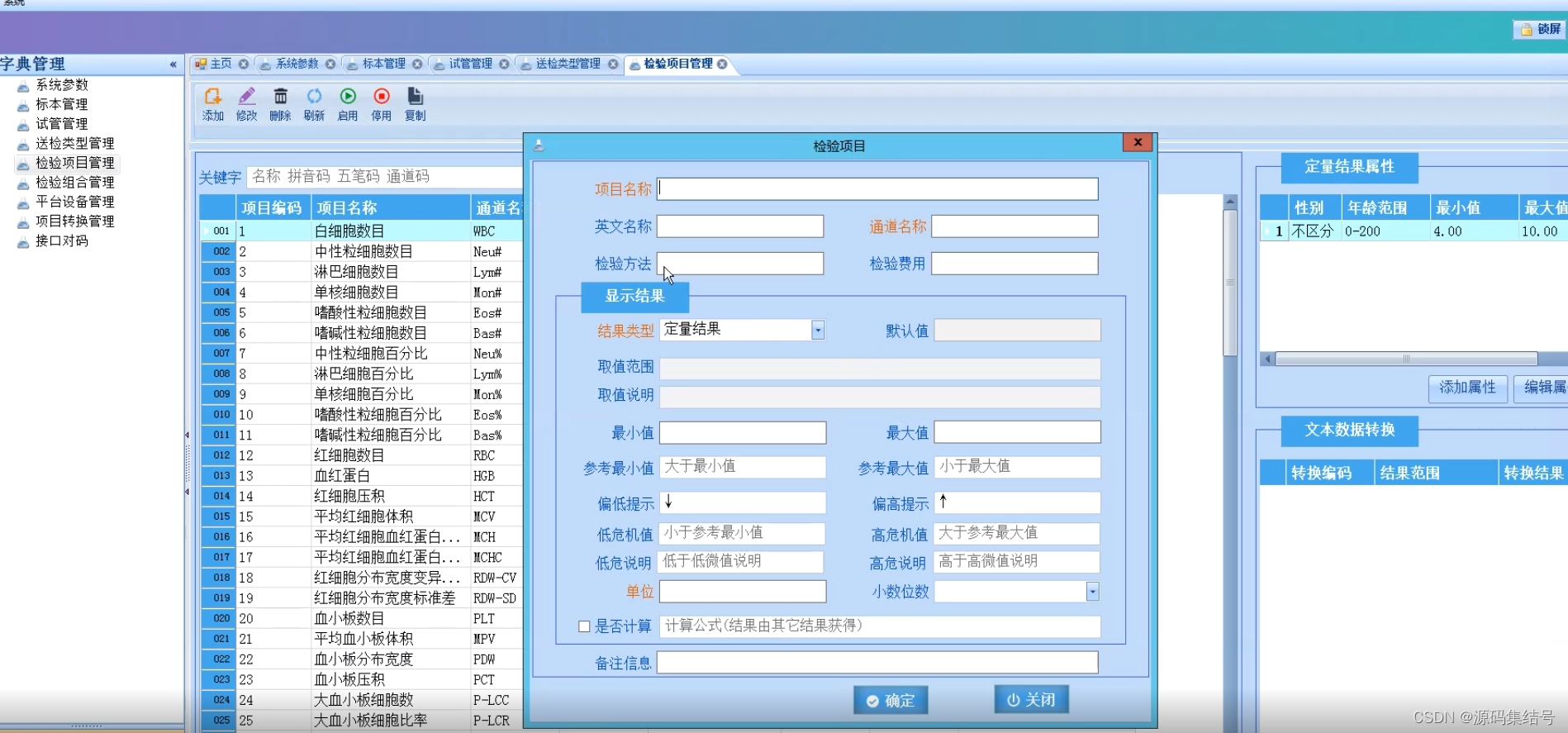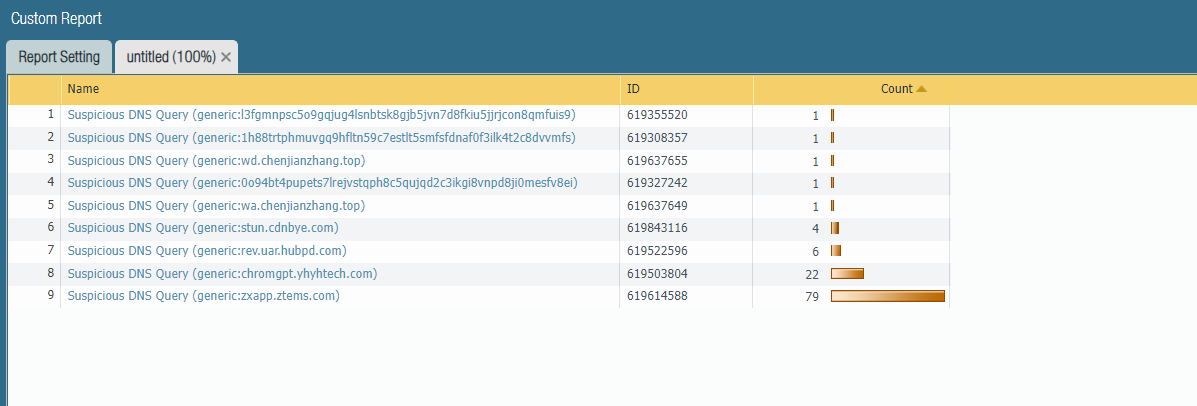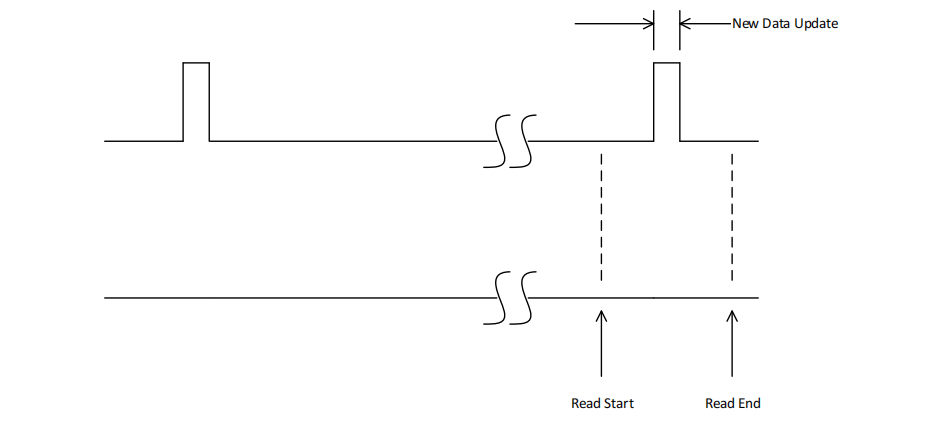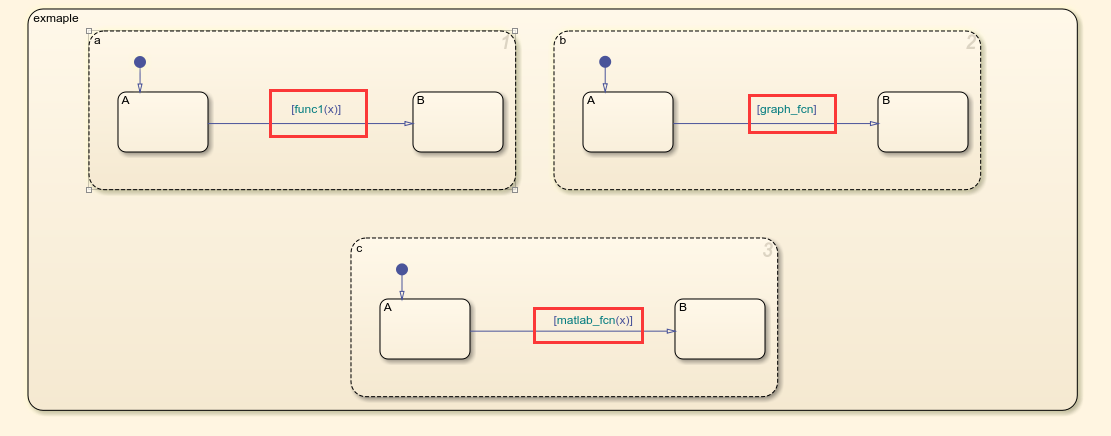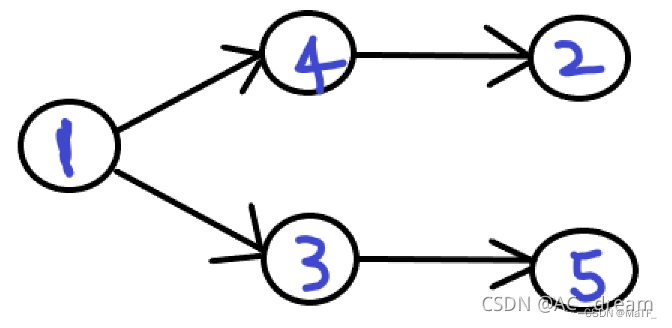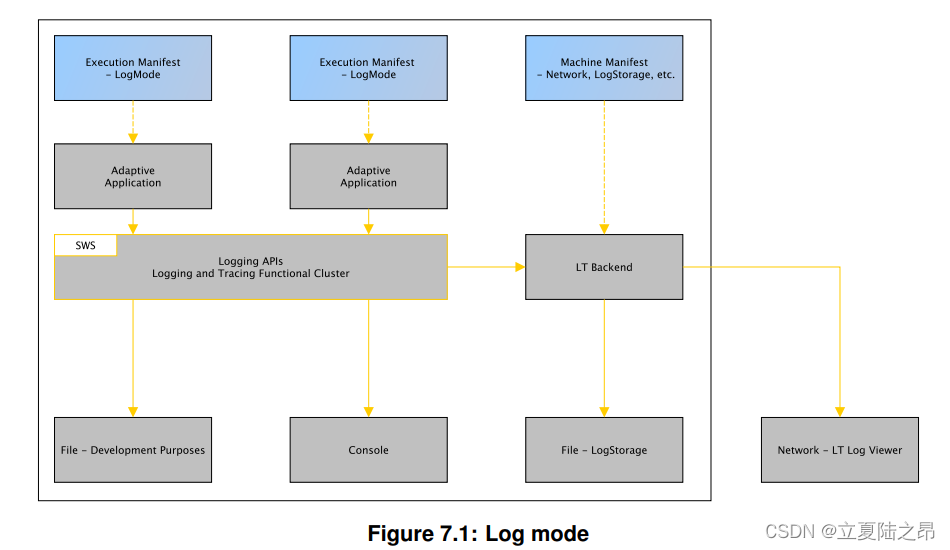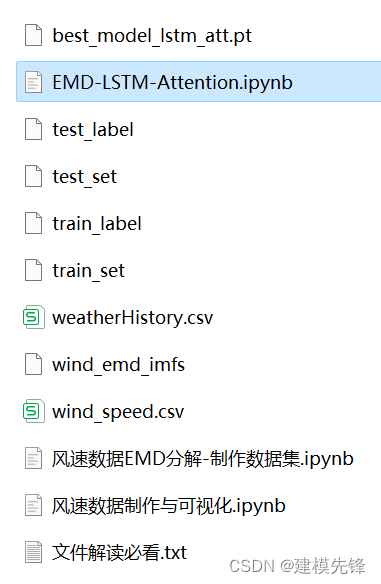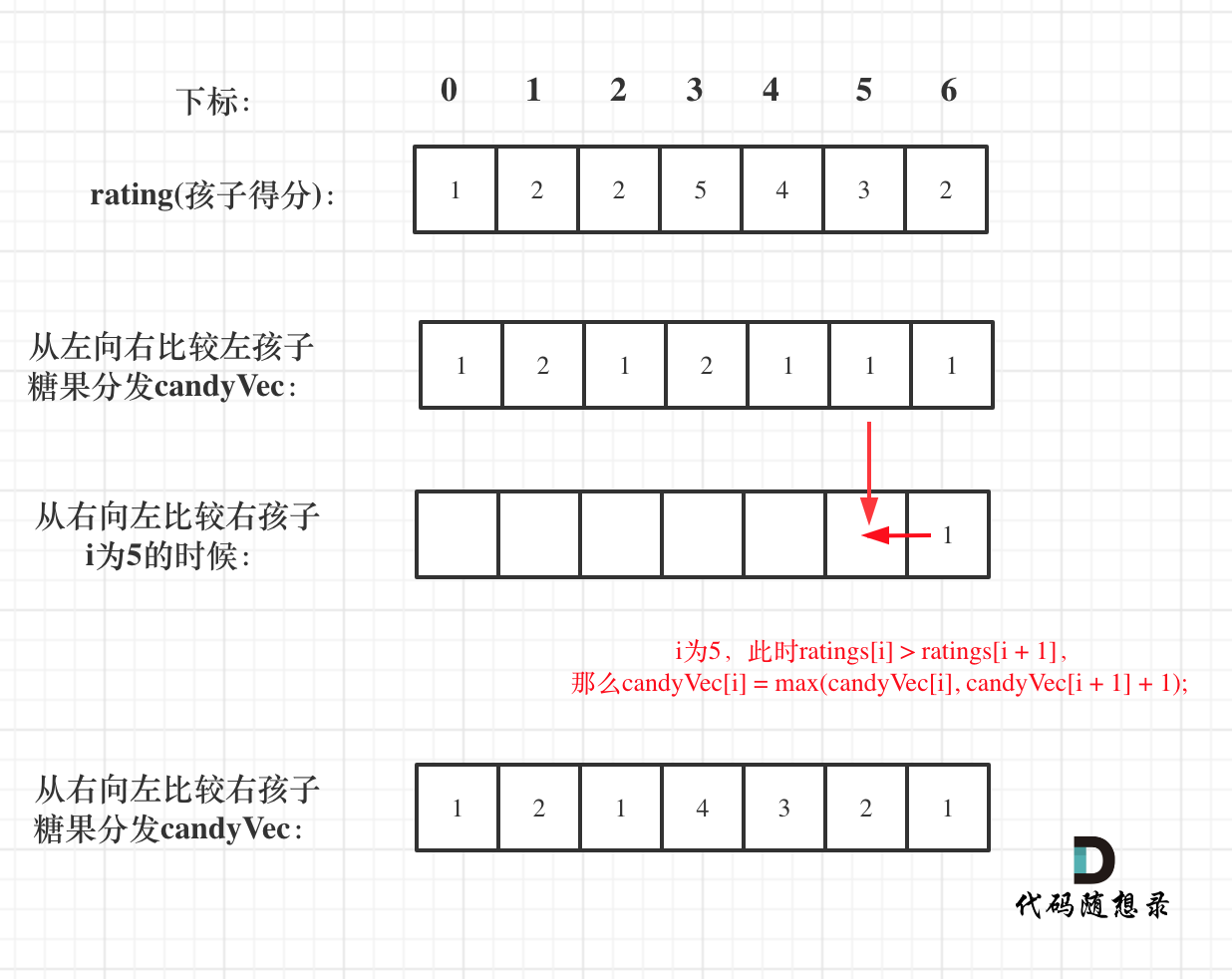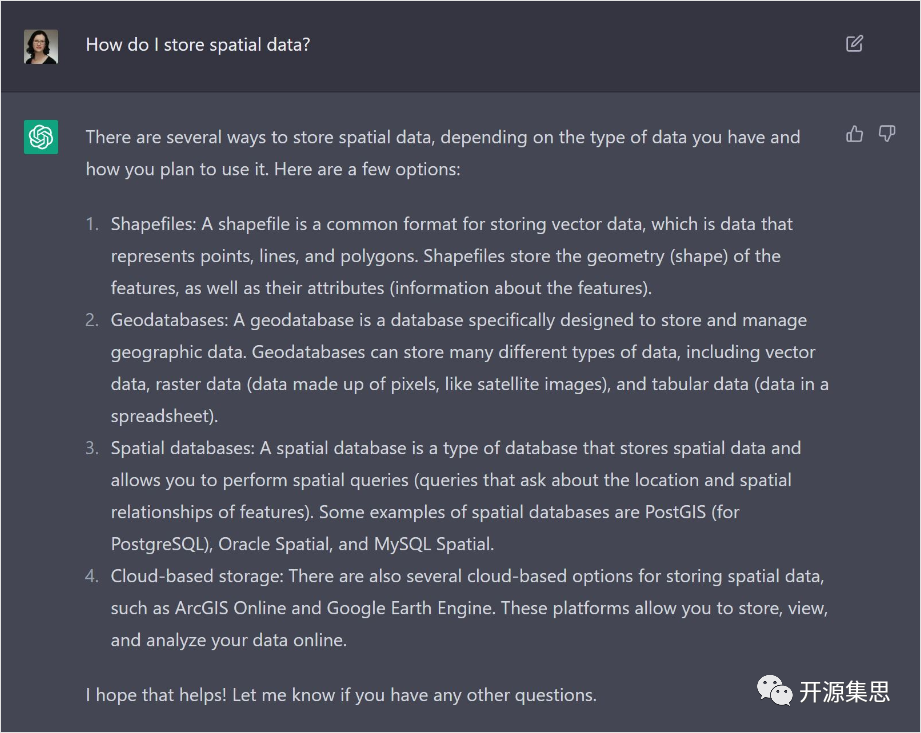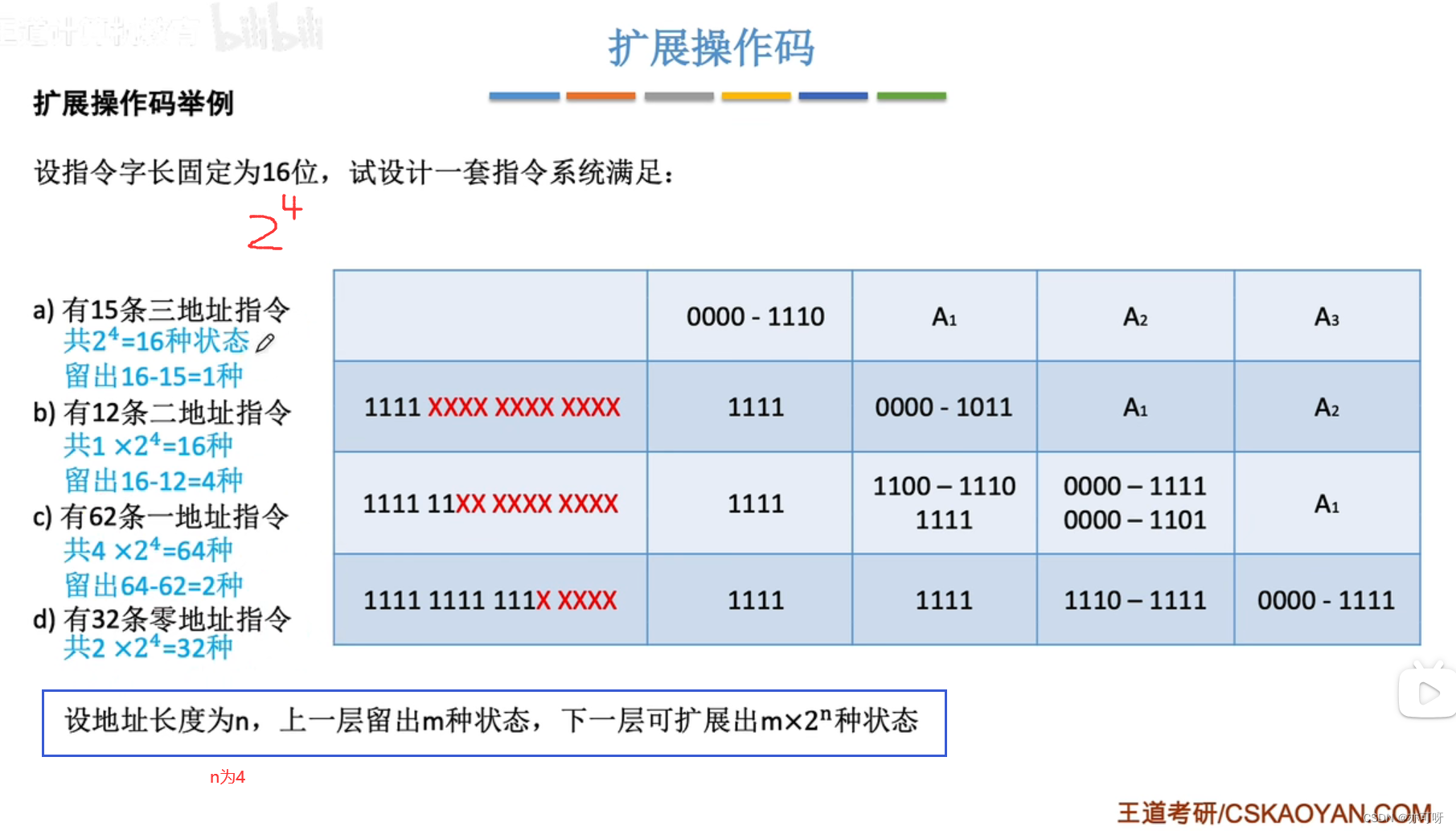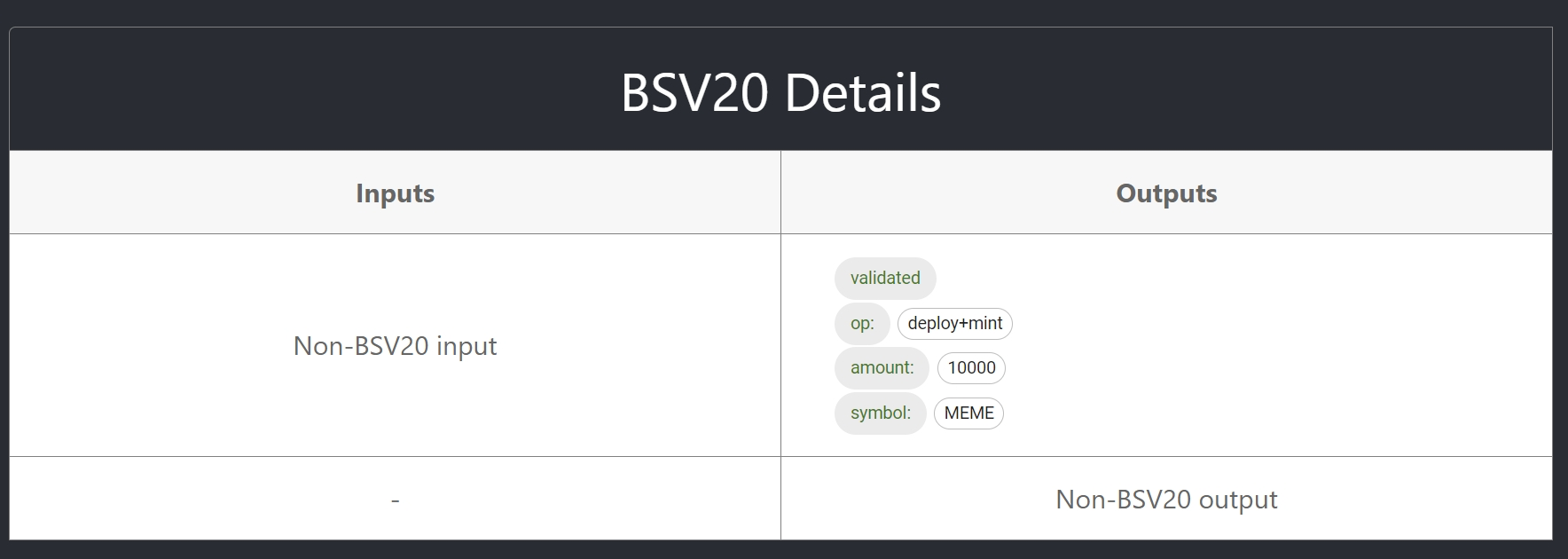
本文主要介绍在Node.js中MongoDB插入数据的方法。
目录
- Node.js中MongoDB插入数据
- 使用MongoDB原生驱动插入数据
- 使用Mongoose插入数据
Node.js中MongoDB插入数据
在Node.js中,可以使用MongoDB原生驱动或Mongoose库来连接和操作MongoDB数据库。
以下是在Node.js中使用这两种方法向MongoDB插入数据的详细介绍:
使用MongoDB原生驱动插入数据
const MongoClient = require('mongodb').MongoClient;
// 连接到MongoDB数据库
MongoClient.connect('mongodb://localhost:27017', { useUnifiedTopology: true }, (err, client) => {
if (err) {
console.error(err);
return;
}
// 选择要操作的数据库
const db = client.db('mydb');
// 选择要操作的集合
const collection = db.collection('mycollection');
// 插入单个文档
const document = { name: 'John Doe', age: 25, email: 'johndoe@example.com' };
collection.insertOne(document, (err, result) => {
if (err) {
console.error(err);
return;
}
console.log('Inserted document:', result.ops[0]);
client.close();
});
// 插入多个文档
const documents = [
{ name: 'Jane Smith', age: 30, email: 'janesmith@example.com' },
{ name: 'Bob Johnson', age: 35, email: 'bobjohnson@example.com' }
];
collection.insertMany(documents, (err, result) => {
if (err) {
console.error(err);
return;
}
console.log('Inserted documents:', result.ops);
client.close();
});
});
这段代码使用MongoDB原生驱动向MongoDB插入数据。下面是对代码的详细解释:
- 首先,通过
require('mongodb').MongoClient引入MongoDB原生驱动的MongoClient类。 - 调用
MongoClient.connect方法来连接到MongoDB数据库。第一个参数是MongoDB服务器的URL,第二个参数是连接选项。在这里,我们使用{ useUnifiedTopology: true }选项启用统一的拓扑结构(以替代旧的拓扑监视器)。 - 在连接成功的回调函数中,我们选择要操作的数据库通过
client.db('mydb'),其中mydb是数据库的名称。 - 使用
db.collection('mycollection')选择要操作的集合,其中mycollection是集合的名称。 - 使用
collection.insertOne方法插入单个文档。在这里,我们创建一个文档对象{ name: 'John Doe', age: 25, email: 'johndoe@example.com' },并将其作为参数传递给insertOne方法。插入完成后,通过回调函数获取插入结果并打印到控制台。 - 使用
collection.insertMany方法插入多个文档。在这里,我们创建一个文档数组[{ name: 'Jane Smith', age: 30, email: 'janesmith@example.com' }, { name: 'Bob Johnson', age: 35, email: 'bobjohnson@example.com' }],并将其作为参数传递给insertMany方法。插入完成后,通过回调函数获取插入结果并打印到控制台。 - 最后,使用
client.close()方法关闭数据库连接。
这段代码演示了使用MongoDB原生驱动的基本插入操作。插入单个文档可以使用insertOne方法,插入多个文档可以使用insertMany方法。在这两种方法中,回调函数提供了插入结果的访问,可以根据需要进行处理。在操作完毕后,通过client.close()方法关闭数据库连接。
在使用MongoDB插入数据时,有几个注意事项需要记住:
-
连接到数据库:在插入数据之前,首先需要连接到MongoDB数据库。
-
选择集合:在插入数据之前,需要选择要插入数据的集合。集合类似于关系数据库中的表。
-
数据格式:在插入数据时,需要确保数据的格式和类型与集合的模式一致。如果插入的数据与模式不匹配,可能会导致数据丢失或插入失败。
-
单个插入与批量插入:可以通过
insertOne方法插入单个文档,或者通过insertMany方法插入多个文档。根据需求选择合适的插入方法。 -
错误处理:在插入数据时,需要注意处理错误。如果插入操作出现错误,需要适当地进行错误处理,例如打印错误信息或进行错误回滚。
-
关闭连接:插入数据完成后,需要关闭与数据库的连接。这可以通过调用相应的关闭连接的方法来实现。不关闭连接可能导致资源泄漏或其他问题。
-
性能优化:在大规模插入数据时,可能需要考虑一些性能优化技巧,例如使用批量插入、使用索引等来提高插入操作的效率和性能。
使用Mongoose插入数据
const mongoose = require('mongoose');
// 连接到MongoDB数据库
mongoose.connect('mongodb://localhost:27017/mydb', { useNewUrlParser: true, useUnifiedTopology: true })
.then(() => {
console.log('Connected to MongoDB');
// 定义文档模型
const personSchema = new mongoose.Schema({
name: String,
age: Number,
email: String
});
const Person = mongoose.model('Person', personSchema);
// 插入单个文档
const person1 = new Person({ name: 'John Doe', age: 25, email: 'johndoe@example.com' });
person1.save()
.then(result => {
console.log('Inserted document:', result);
mongoose.connection.close();
})
.catch(err => console.error(err));
// 插入多个文档
const person2 = new Person({ name: 'Jane Smith', age: 30, email: 'janesmith@example.com' });
const person3 = new Person({ name: 'Bob Johnson', age: 35, email: 'bobjohnson@example.com' });
Person.insertMany([person2, person3])
.then(result => {
console.log('Inserted documents:', result);
mongoose.connection.close();
})
.catch(err => console.error(err));
})
.catch(err => console.error(err));
这段代码使用Mongoose连接到MongoDB并插入数据。下面是对代码的详细解释:
- 首先,通过
require('mongoose')引入Mongoose模块。 - 使用
mongoose.connect方法连接到MongoDB数据库。第一个参数是MongoDB服务器的URL,第二个参数是连接选项。在这里,我们使用{ useNewUrlParser: true, useUnifiedTopology: true }选项启用新的URL解析器和统一的拓扑结构。 - 在连接成功的回调函数中,输出"Connected to MongoDB"提示信息。
- 使用
mongoose.Schema方法定义文档模型。在这里,我们定义了一个名为personSchema的模式,包含name、age和email字段。 - 使用
mongoose.model方法创建模型,传递模型名称和定义的模式。在这里,我们创建了一个名为Person的模型。 - 使用
new Person创建person1对象,并传入要插入的数据。 - 使用
person1.save方法保存插入的文档,并在成功回调函数中打印插入结果。使用mongoose.connection.close()方法关闭数据库连接。 - 使用
new Person创建person2和person3对象,并传入要插入的数据。 - 使用
Person.insertMany方法同时插入多个文档,并在成功回调函数中打印插入结果。使用mongoose.connection.close()方法关闭数据库连接。
这段代码演示了使用Mongoose的插入操作。使用Mongoose可以定义模型和模式,以便更容易地操作MongoDB数据库。插入单个文档可以使用模型的save方法,插入多个文档可以使用模型的insertMany方法。在这两种方法中,都可以使用Promise的.then和.catch方法处理插入结果和错误,并使用mongoose.connection.close()方法关闭数据库连接。
在使用mongoose插入数据时,有几个注意的地方:
-
定义模型时,需要指定对应的集合名。在使用mongoose.Schema()定义模式时,可以通过传入第二个参数指定集合名,例如:
const UserSchema = new mongoose.Schema({ name: String }, { collection: 'users' }); -
在使用模型创建文档时,需要使用构造函数创建一个新的文档实例,并且在保存之前对文档进行赋值。例如:
const User = mongoose.model('User', UserSchema); const user = new User(); user.name = 'John Doe'; user.save(); -
在保存文档时,可以使用回调函数或者Promise处理保存成功或失败的情况。例如:
user.save(function(err, result) { if (err) { console.error(err); } else { console.log('Data saved successfully!'); } }); user.save() .then(result => { console.log('Data saved successfully!'); }) .catch(err => { console.error(err); }); -
可以使用模型的create()方法快速创建并保存一个文档。create()方法接受一个对象作为参数,该对象的属性和值对应于文档的字段和值。例如:
User.create({ name: 'John Doe' }, function(err, result) { if (err) { console.error(err); } else { console.log('Data saved successfully!'); } }); User.create({ name: 'John Doe' }) .then(result => { console.log('Data saved successfully!'); }) .catch(err => { console.error(err); });这几点是使用mongoose插入数据时需要注意的几个地方。
以上是在Node.js中使用MongoDB原生驱动和Mongoose库向MongoDB插入数据的示例代码。使用MongoDB原生驱动需要手动编写连接和操作代码,而Mongoose提供了更高级的操作接口和数据模型定义,使得操作更加简单和方便。

